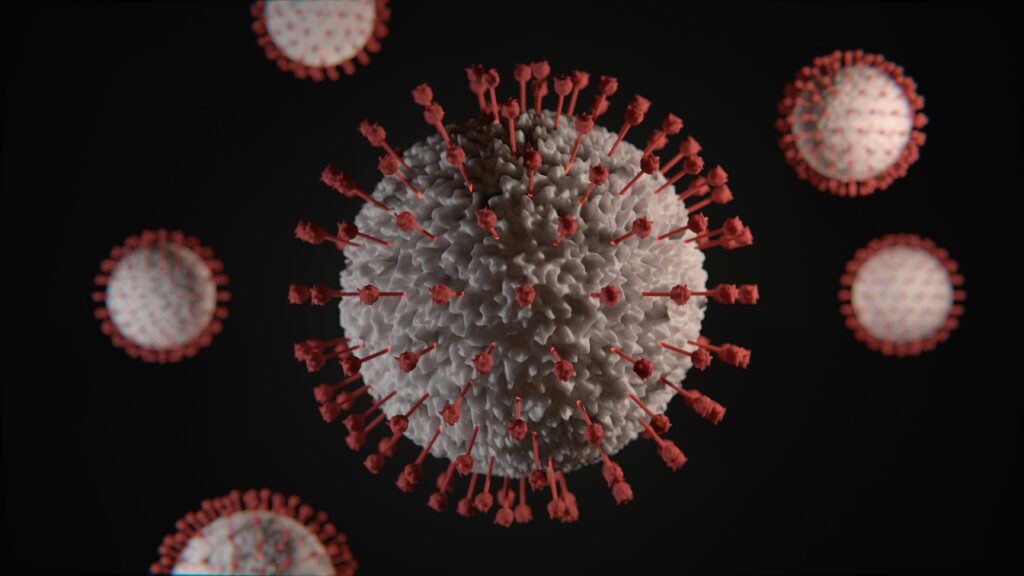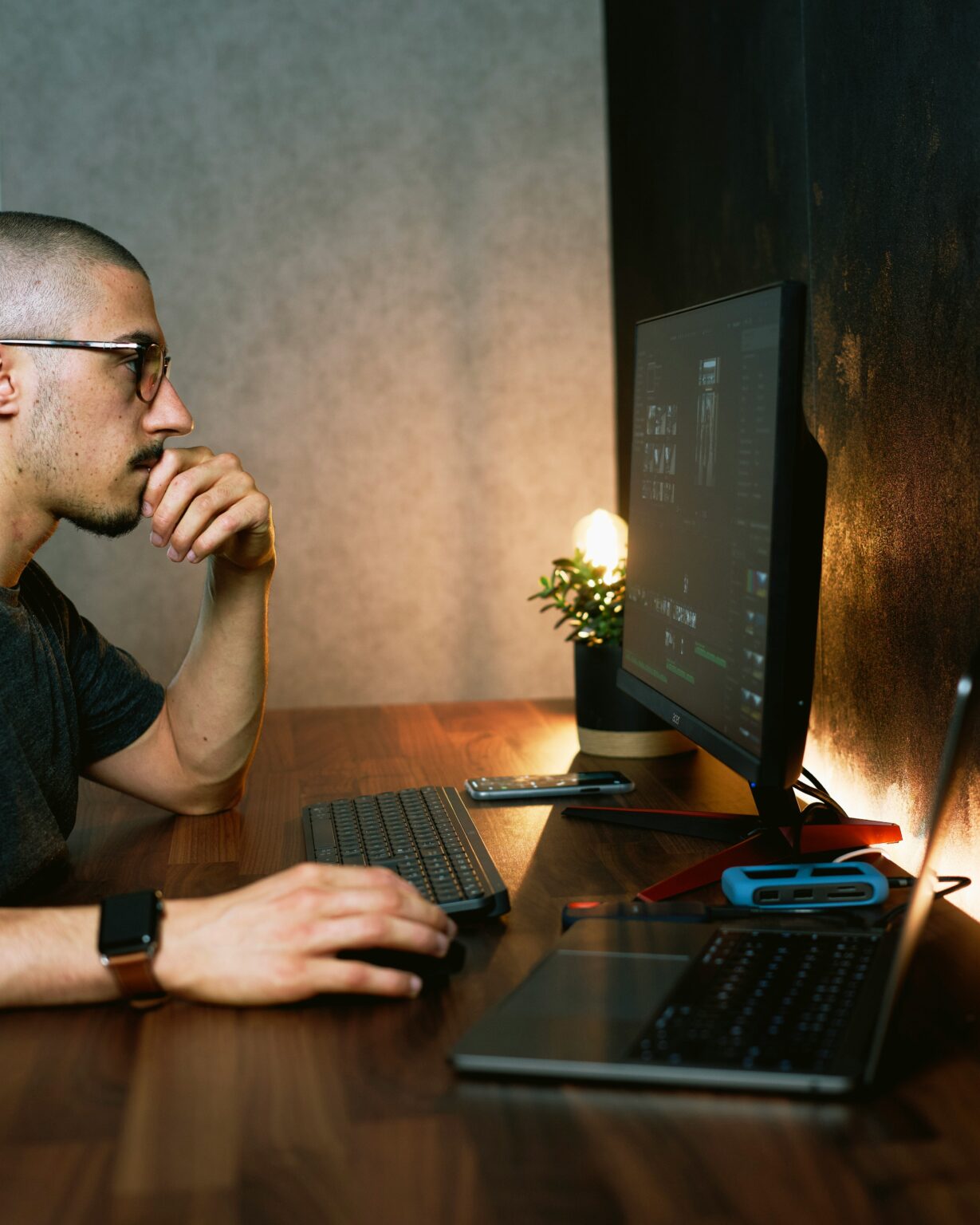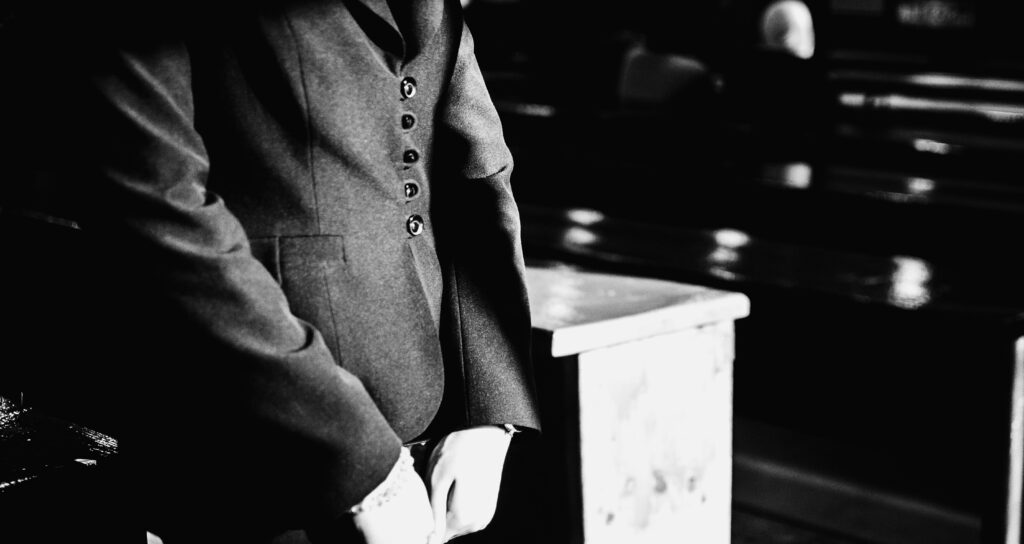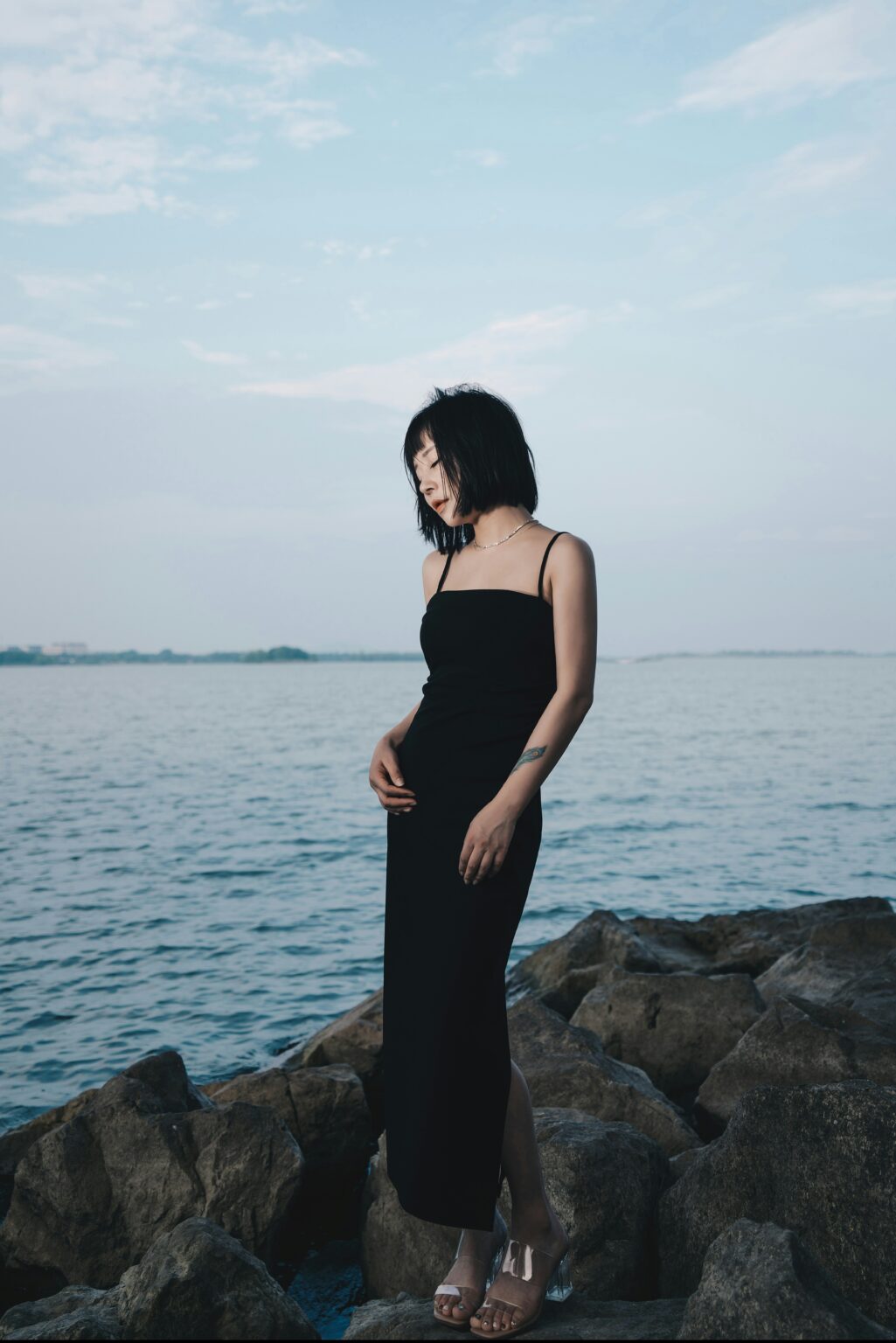It began with a dull headache the morning after a seminar. By evening, my throat felt strange. By day three I had — against every plan I’d made for my exchange year — been told to stay home. That phone call from the university’s health center was the hinge of my whole semester: “Please isolate, get tested, and send us photos of your temperature log.” What followed was twenty-one days that felt at once like a tiny lifetime and the fastest three weeks of my life — a compressed drama of fear, discovery, kindness, bureaucracy, boredom, learning, and, ultimately, healing.
This is my story: what actually happened during those 21 days as an international student at Waseda University (your mileage may vary), how the university and local community helped (and sometimes didn’t), what I felt and learned, and a practical playbook for other students who might find themselves on an unexpected quarantine timeline.
1 — Day 0: The call that rearranged everything
I had just finished a group presentation when the notification popped up: “From Waseda Health Center: Please call us.” My heart did that ridiculous flip that only bad news can induce. The nurse on the phone was calm, efficient, and precise — she asked about my symptoms, my recent contacts, and whether I’d been to any campus facilities. Within an hour she’d arranged for a PCR test at a nearby clinic and told me to isolate in my dorm room until results arrived.
What I didn’t realize then: “isolate” at Waseda meant isolate. No leaving for groceries, no quick walks, meals left outside the door, and daily check-ins via email and an online questionnaire. The university offered to help with food deliveries and mental-health resources. I appreciated that offer even if I felt too stunned at first to accept help.
Key feelings this day: disbelief, rapid reorganization, the surreal shaking of plans.
2 — The test and the waiting (Day 1)
Testing in Tokyo was smoother than I’d expected — polite staff, an efficient queueing system, and a tiny paper cup for saliva. The clinic warned results could take 24–48 hours. Back in my dorm room, the isolation rules were strict: mask at all times if a staff member entered, keep doors closed, ventilate the room briefly while alone, and no in-person contact with roommates. (My roommates were immediately put on a separate monitoring protocol.)
I notified my professors by email: a short, honest message explaining the situation and asking for flexibility. The responses were humane and practical — deadlines extended, online participation arranged, and advice on mental-health services. That small human response removed a huge weight.
Tip: have an email template ready for professors and coordinators — short, factual, and asking for specific help (deadline extension, recorded lectures, or remote participation).
3 — Positive: the world tilts (Day 2)
The result came back positive. For a moment my brain felt fuzzy with statistics and news headlines; then a practical checklist snapped into place in my head: notify the university (done), inform close contacts (done with guidance), and prepare for an official quarantine period. Waseda’s health center sent a clear packet: isolation rules, a phone number for the campus support team, mental-health resources, and a link to a campus-run grocery delivery program for students in isolation. I felt lucky that the university’s communications were professional and quick — it matters.
Emotionally: a confusing mix of guilt (I might have exposed someone), relief (I now had a clear plan), and worry about health.
4 — Logistics: food, mail, and human kindness (Day 3–4)
Quarantine turned ordinary life into logistics. At first I subsisted on instant ramen and leftover snacks. Then my resident advisor (RA) scheduled a care package drop-off: rice, tea, instant miso, a few fresh fruits, and a handwritten note. That little note was a lifeline. The RA explained how deliveries would work: outside the dorm door, knock, step back, and I’d open the door to retrieve the bag and shoot a photo confirming I’d received it.
A neighborhood convenience store also became my lifeline: I learned how to ask a delivery service (LINE/Messenger-type app) to send groceries and how to leave instructions for no-contact delivery. My phone became my lifeline for everything — lectures, news, and the faces of friends.
Practical detail: arrange grocery delivery early and keep local currency for small cash tips if deliveries accept it. Keep a few basic medicines on hand (paracetamol, throat lozenges) and ensure your insurance covers telehealth if needed.
5 — Body, symptoms, and the invisible rollercoaster (Day 5–10)
The illness was a series of micro-episodes. Some days I slept fifteen hours and woke foggy; others I had a hot spike of fever for a single afternoon and felt fine the next day. Loss of taste and smell arrived for a few days — coffee tasted like nothing. My breath got short on Day 6 during a short walk inside my room; I called the university nurse who arranged a telehealth consult. She listened, reassured me, and advised monitoring oxygen saturation with a pulse oximeter; Waseda lent me one for the quarantine period.
That was critical: the oximeter became my objective anchor when my worry spiked. Seeing numbers within a safe range calmed me. When they dipped slightly on Day 9, the nurse escalated the case and arranged a quick chest X-ray at a nearby center set up for students — a precaution that never required hospitalization but made me feel monitored rather than abandoned.
Health tip: if offered by your university or clinic, accept a pulse oximeter and guidance for monitoring. Keep a daily log of temperature, oxygen saturation, and symptoms to share with your health team.
6 — The mental weather: boredom, fear, and gratitude (Day 6–12)
Isolation isn’t just about missing people — it’s a steady background noise of small anxieties: How contagious was I? Would my internship be canceled? Will I lose my scholarship? Will I ever enjoy sushi the same way again?
I found routines helped. I scheduled three anchor activities for each day: study time (one to two hours), a gentle workout in my room (YouTube yoga — tiny but daily), and a social call with someone I trusted. I started a gratitude list at night — three tiny things that had gone well that day. It was surprisingly effective.
Waseda’s counseling service offered one-on-one remote sessions for students in isolation; I booked two. Speaking about fear to a professional who knew how epidemics affected students was freeing.
Mental-health tip: keep a short schedule with one productive, one physical, and one social activity daily. Use university counseling — don’t wait.
7 — Class logistics & academic worry (Day 8–14)
Online learning carried me through. Professors uploaded recorded lectures, and a classmate shared notes and slides. For seminars, I joined via Zoom in the afternoons and used chat to participate when my voice felt weak. The department allowed a deferred essay deadline and an optional oral check-in to replace a missed group presentation.
Academics worried me less when I realized many students were coping with similar disruptions. The university’s flexible stance — structured, documented, compassionate — made academic recovery possible. I vowed to give the same patience to others when the tables turned.
Academic tip: communicate early with course instructors, attach the official health note from the university, and ask for specific accommodations (recorded lectures, extended deadlines).
8 — The social ripple: friends, stigma, and support (Day 10–15)
News of my diagnosis spread gently through the student group chat. The reactions were immediate: “How are you?” “What can we send?” “Do you need notes?” But beneath the kindness lurked a hesitation: some friends politely distanced themselves from shared spaces, reflecting a stigma I hadn’t expected. It took a few honest conversations to help them see the situation clearly — most were simply afraid.
An older student (a Japanese master’s candidate) explained how stigma ebbs with visibility and education. He’d seen it before during other outbreaks and taught me to answer questions plainly, share facts, and set boundaries. That frankness helped.
Social-tip: be prepared for a range of reactions — from support to avoidance. Gentle education and clear communication usually calm fear.
9 — The turning point: first negative test (Day 14)
On Day 14 I felt better: fever gone, appetite returning, and even faint aroma of green tea in the morning. The university arranged a repeat PCR test. Negative. Joy was immediate but tempered — the health center reminded me even a negative test didn’t automatically end all restrictions. There’s still a step of official clearance, and the university needed to follow public-health rules.
Still, seeing the negative result was a turning point for morale. My roommates and I celebrated quietly with instant udon, elbows touching masks — odd, and wonderfully human.
Practical note: negative tests are cause for guarded optimism — follow official clearance steps.
10 — Re-entry & recovery (Day 16–21)
Official clearance came on Day 17: a formal email explained I could leave isolation after one last check and that I should wear a mask for 7 more days and avoid crowded indoor spaces for two weeks. Returning to communal life felt tentative — the hallways were the same but there was a small extra shock at hearing human voices without a buffering screen between us.
Mentally, I wasn’t instantly “back.” I slept poorly for a few nights, worried about reinfection (rare but discussed), and felt emotionally raw. Yet the kindness I’d received — from RA care packages to health team responsiveness — made me want to repay the debt. I volunteered to call new students to explain the health center protocols and shared a blog post for the international-office newsletter about my experience.
Lesson: return to normality is gradual. Offer help if you can — it’s healing for both giver and receiver.
11 — What I learned — practical lessons and emotional truths
1. Bureaucracy can heal or harm. Clear, compassionate university communication made all the difference. If your institution is slow or opaque, keep polite pressure, and document every exchange.
2. Ask for help early. From food to counseling, accept offers. They’re designed to keep you safe and sane.
3. Keep a daily health log. It’s objective evidence for clinicians and calming for you.
4. Prepare a “professor email” template now. You’ll be grateful.
5. Pulse oximeter = peace of mind. Even if you don’t need it, it helps with anxiety.
6. Telehealth is real and accessible. Use it.
7. Stigma is real — handle it with facts and small acts of transparency.
8. Recovery may be slower than symptoms resolution. Be patient with yourself.
9. Recording the experience helps. I kept a short diary; writing made sense of randomness.
12 — A small toolkit I wish I had before Day 0
- Printed template emails for professors, landlord, and scholarship office.
- A contact list: university health center, international student office, RA, emergency clinic, and embassy/consulate.
- Basic quarantine kit: thermometers, pulse oximeter (if possible), paracetamol, throat lozenges, instant meals, electrolyte powder, multi-socket charger.
- An entertainment folder: downloaded lectures, ebooks, playlist, and a list of series for low-energy days.
- Phone chargers, power bank, and a simple yoga/stretch program.
- Mental-health resources list: university counseling contact, crisis hotline, meditation apps.
- A small cash stash for delivery tips or emergencies (not everyone takes cards for small deliveries).
13 — Message for other international students (and my professors)
To students: you’re not alone. If you test positive, seek help immediately. Be honest, ask for reasonable academic accommodations, and accept help. Use the experience as a chance to learn self-care and community care.
To professors: flexibility matters. A Recorded lecture, a one-week extension, or a short Zoom presentation for a sick student can preserve educational momentum. The kindness you show will ripple beyond grades into mental health and institutional trust.
14 — The ethics of telling the story
I’ve chosen to tell mine with some detail but not in a way that identifies or blames others. Infectious disease rarely follows blame; it follows biology and the social structures we navigate. Stories like mine aren’t about heroics — they’re about the everyday networks (health centers, friends, RA notes) that convert crisis into survival.
If you’re reading this and feeling worried: the best immediate actions are simple — test, isolate, and contact your university. Don’t let fear make you reckless. And if you can, be kind: a check-in text costs little and can mean everything.
15 — Quick templates you can copy
Email to professor (short):
Subject: Health notice and request — [Course Name]
Dear Prof. [Name],
I tested positive for COVID-19 and am currently isolating under university guidance. I will be unable to attend classes in person for [approx days]. Could I please request access to recorded lectures and an extension for [assignment name]? I can provide the university verification if needed. Thank you for your understanding.
Sincerely,
[Your Name] — [Student ID]
Message to friends (group chat):
Hi everyone — quick heads up: I tested positive and am isolating. I’m okay but will be offline for rest and recovery. Please don’t stress — I’ll share updates when I can. Please check yourself if you had close contact.
Checklist for isolation (printable):
- Notify university health center — done.
- Book test (and follow-up test) — done.
- Arrange food delivery — done.
- Ask RA for support package — done.
- Inform professors and ask for accommodations — done.
- Log temp & oxygen daily — ongoing.
- Book telehealth appointment if symptoms progress — done.
- Reach out to embassy (if needed) — pending.
16 — Final reflection: small human things matter most
My 21 days were “thrilling” not in the blockbuster sense but in the small human intensities: the shock of diagnosis, the relief of a negative test, the kindness of a neighbor who left tea at my door, the quieting power of honest emails, and the slow reclamation of taste. I emerged changed: more patient, less judgmental about strangers’ choices, and more aware of how fragile plans can be.
If you’re an international student at Waseda, or anywhere else, remember this: your university might not be perfect, but there are systems and people designed to help. Use them. If you’re an instructor or a campus staffer, your flexibility and clarity can make the difference between an ordeal and a manageable detour in a student’s life.
And finally — if you catch yourself worrying in the middle of the night: breathe. Small steps, practical help, and human kindness will get you through.
— A Waseda student, 21 days later




